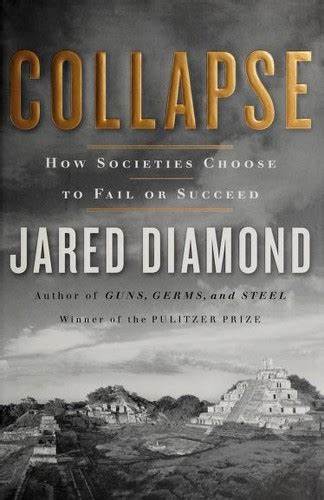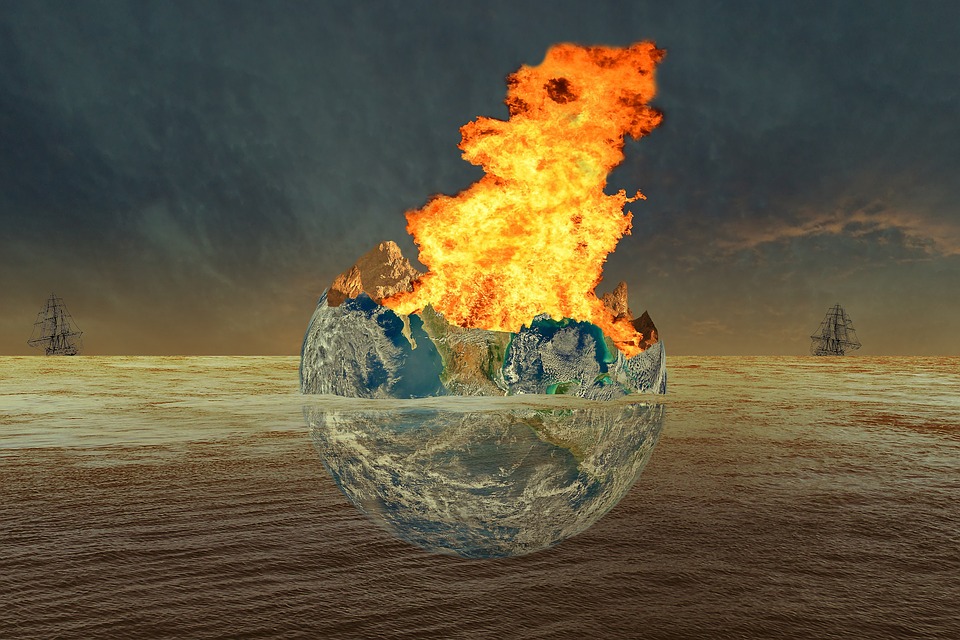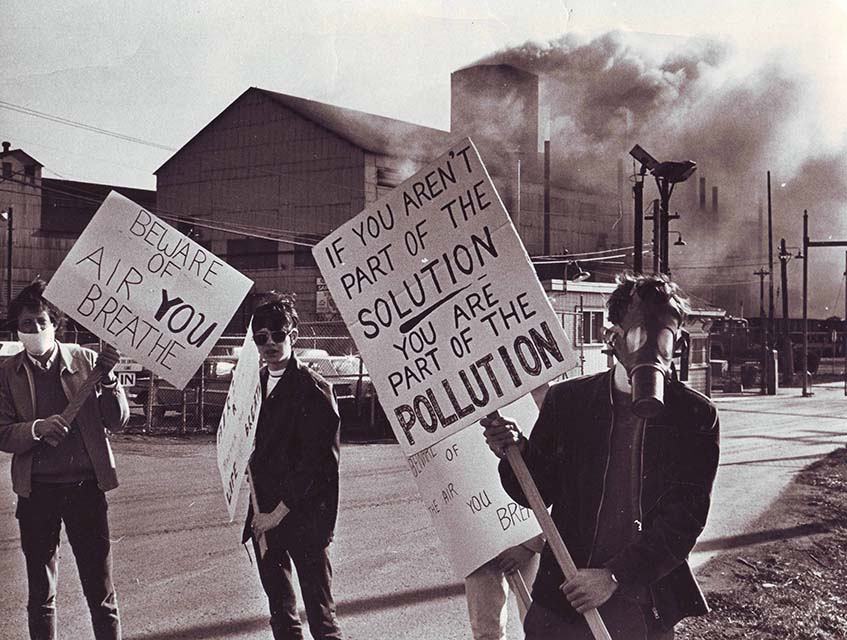Collapse
Author: Jared Diamond
Genre: Popular Science

Why did some societies simply ‘collapse’? Examples are multiple whether Easter Island or Maya civilization in ancient history or more recently Rwanda or Haiti. Many of these were at the peak of their prosperity and then suddenly went down. And ominously, does it hold lessons for our own civilization today – caught in the middle of brilliant modernization but also equally worrisome sustainability woes.
Who better than Jared Diamond, Professor at UCLA, to guide us. A polymath from Harvard and Trinity college, he has won top prizes like Pulitzer (for Guns, Germs and Steel, also recommended in 100 Books To Make us Wise) and National Medal of Science. Yuval Harari (author of Homo Sapiens) credits Jared for influencing him. Various rankings have pitched him amongst the Top 10 Public intellectuals in the entire world.

Geography has never been more interesting. Jared takes us through how past societies undermined themselves by damaging their environment. Population growth forced people to adopt intensified methods of agricultural production, and this led to deforestation, soil erosion, water management problems, overhunting or overfishing etc. He gives example of how a naïve introduction of alien species like foxes in Australia exterminated many native mammals because the species there had just not evolved to protect themselves against such a predator. He also explains how overpopulation is a double whammy. First the absolute numbers keep rising, and then the environmental impact rises multi-fold as The Third World tries to catch up with the higher living standard of the First World. In grim Malthusian style, Rwanda had one of the highest population density and scarcity of resources, and that preceded one of the world’s worst genocides (about a million people were murdered within 6 weeks, 11% of the population).
Statistics are alarming: half of the world’s original area of forests is gone; “one-third of the world’s coral reefs – the oceanic equivalent of tropical rainforests – … have already been severely damaged”; “soils of farmlands… are being carried away at rates between 10 and 40 times the rates of soil formation”… He brings forward the alarm of climate change: Global temperature will rise at least by 1.5 degree, and probably by 5 degree, over the next century (the last Ice Age happened when temperatures increased by 5 degree).
The question is “why did some past societies fail to see the mess they were getting into and that (one would think in retrospect) must have been obvious?” Often because of the creeping (as opposed to sudden) nature of these changes, they may not be perceptible. And group think and conflicting priorities makes a clear solution difficult. Jared explains the challenges of collective decision making: “when a small cohesive group is trying to reach a decision under stressful circumstances, the stress and the need for mutual support and approval may lead to suppression of doubts and critical thinking, sharing of illusions, a premature consensus, and ultimately a disastrous decision.” Not very different from business organizations too!

Jared also reviews all the arguments given against the environment movement and proceeds to rip them apart. For example, we have all heard “the environment has to be balanced against the economy” but this puts the truth exactly backwards. Environmental messes cost us huge sums of money… preventing those messes saves us huge sums.” As an illustration, Clean Air Act (US, 1970), while it cost money, delivered $1trillion net health savings. Similarly people say “Technology will solve our problems” but this overlooks that new technology also results in unforeseen costs. Obvious example are CFCs which initially were hailed as the big breakthrough vs the then dangerous ammonia used in refrigeration. But now we know it has killed a lot of our ozone layer.

Jared gives some positive examples too, like Icelanders or the Dutch (polder model of consensus decision making) who have been able to form cohesive communities and solve their environmental problems together.
The one criticism of the book is that, while Jared says he is middle-of-road and a cautious optimist, his book leans heavily towards a dooms day scenario where, unless a lot of urgent and expensive environmental action is taken, society will have serious consequences over the next few decades. “a future of significantly lower living standards, chronically higher risks, … worldwide spread of diseases or else of wars, triggered ultimately by scarcity of environmental resources.” While we absolutely must be environmentally conscious, read about the interesting Simon-Ehrlich wager, where UIUC professor Julian Simon bet against biologist Paul Ehrlich that the price of 5 metals (chosen by environmentalists) will actually reduce over the next decade despite all the concerns around limited resources and increased demand. He won the bet because technological advancements in the mining of these metals and also emergence of alternate options delivered price decline in all 5 (e.g. aluminium started replacing tin, chromium could be mined through better smelting).
Why Should You Read This Book: To be awed by the breadth and depth of evidence presented, so eloquently and so scientifically. Just when you start to doubt Jared’s pronouncements, he presents another data set to answer your doubt, as if he read your mind. Read it not only to understand the vast challenge that faces society but also what can be done about it.
Goodreads Link: Collapse: How Societies Choose to Fail or Succeed by Jared Diamond (goodreads.com)

 This information will never be shared with third party
This information will never be shared with third party
Post A Comment
Want to join the discussion?Feel free to contribute!